It wasn’t that long ago that amateur golf in Australia was a mess. The newly formed governing body, Golf Australia, was in its infancy and decision-making was flawed. The high-performance program for elite amateurs – once the envy of the world – was in disarray.
Some performances in international competition were embarrassing, most notably at the 2006 World Amateur Teams Championship where the Australian men finished 12th after arriving in South Africa as one of the favourites. They were unprepared and lacked discipline.
Non-playing captain Roger Hunt was scathing in his official report and sheeted the blame home to management: “With the advent of Golf Australia in 2005 and the removal of certain staff of the former AGU, together with interference from outside areas (Canberra), the elite golfing scene was being run by a group of people that had little knowledge regarding team preparation.
“The administration of Golf Australia was appalling in regard to uniforms, travel arrangements, team selection etc, etc. Nobody seemed to be able to make decisions. “I don’t think that (CEO) Tony Hallam was in favour of the event, which is emphasised by his non-attendance.”
But it wasn’t just at the elite level where there were problems. Poor behaviour began to creep onto the amateur circuit and a number of clubs were fed up with hosting low-handicap amateurs who walked around with a sense of entitlement.
Elite amateurs (national and state squad representatives) weren’t the problem. The culprits seemed to be a group that come and play national and state championships, probably aged between 18 and 23.
How times change. Today, the men’s amateur system is the strongest it’s ever been based on success at international level and by the dominance of amateurs at professional events in Australia.
The success began last November when Ben Eccles won the 2015 New South Wales Open. The trend continued in April when Curtis Luck won the WA Open, prevailing over another amateur Travis Smyth.
Over in America in July, Min Woo Lee emerged from his older sister Minjee’s shadow to win the United States Junior Amateur Championship. The following month Luck became just the third Australian to win the US Amateur Championship.
Luck, Cameron Davis and Harrison Endycott then produced a phenomenal performance in Mexico to win the men’s World Amateur Teams Championship by a massive 19 strokes. The trio tied the 72-hole scoring record as Australia claimed its fourth Eisenhower Trophy and first victory since 1996. Davis claimed individual honours with the lowest four-round aggregate.
Luck backed that up by winning the Asia-Pacific Amateur Championship in Korea when he edged out compatriot Brett Coletta by a stroke. But Coletta had some redemption when he beat the pros at the Queensland Open in October. By that stage amateurs held three of the six state Open titles.
It’s an extraordinary achievement that highlights Australia’s high-performance program for elite amateurs is the benchmark in world golf. And much of the kudos should go to Golf Australia.
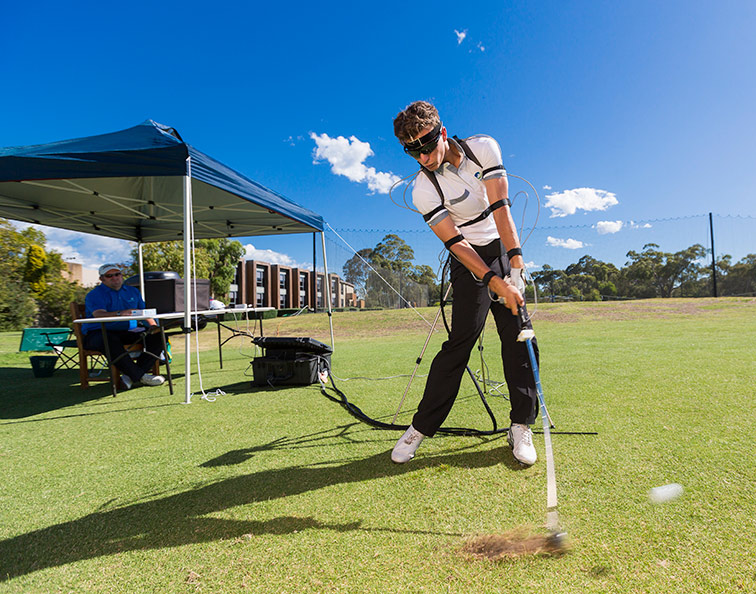
Why Australia Excels
The training of golfers was an area where Australia excelled in the 1990s when golf programs at the Victorian Institute of Sport (firstly under Steve Bann and Dale Lynch) and Australian Institute of Sport (the late Ross Herbert) set the bar for the world to follow.
Golf had always been accessible to the masses in Australia, which has a climate conducive to playing the game 12 months of the year. However Bann, Lynch and Herbert brought a scientific approach – treating golfers as athletes.
The biomechanics of the golf swing was analysed. They brought in sports psychologists to train the mind. Physiotherapists performed muscular/skeletal screenings to prevent injury as well as design strength and conditioning programs. Dieticians stressed the importance of nutrition and hydration.
The national governing bodies for amateur golf – the Australian Golf Union (AGU) and Women’s Golf Australia (WGA) – embraced the methods and service providers of the VIS and AIS. Eventually, as you might expect, the rest of the world discovered the Australian system and bought into what we were doing. And it wasn’t long before our competitive advantage had been neutralised.
Then came the tumultuous period leading up to and following the merger of the AGU and WGA in 2005. The creation of the new entity, Golf Australia, was characterised by leadership that couldn’t live within its means. To put it bluntly, the interim board and chief executive officer Tony Hallam lost their way . . . and so did the high-performance program for elite amateurs.
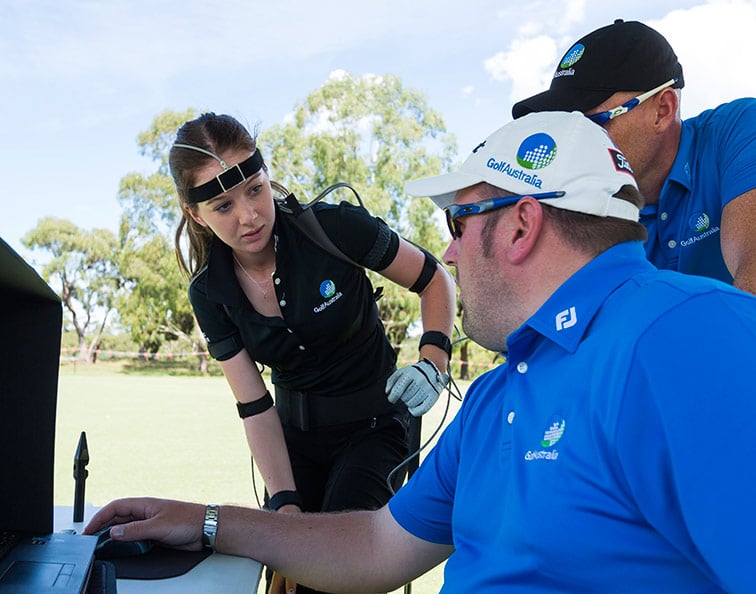
Eventually, Hallam was sent packing and a new board was installed. The ship was righted when John Hopkins took over as chairman and Stephen Pitt was appointed chief executive. But resurrecting the high-performance program was a bit like turning around the Queen Mary.
It began in 2010 with a somewhat controversial appointment of Brad James as director of golf (high performance). With a background in American college golf, James was considered to be an outsider. He ruffled a few egos with his unconventional approach (such as a desire to see amateurs competing in strokeplay tournaments rather than antiquated matchplay formats/series).
Recent success has justified the new direction. A key focus has been long-term development rather than being obsessed by short-term results. It’s more about whether an athlete is doing the work required to have longevity on an international level. Making sure they’re physically and mentally strong enough to compete.
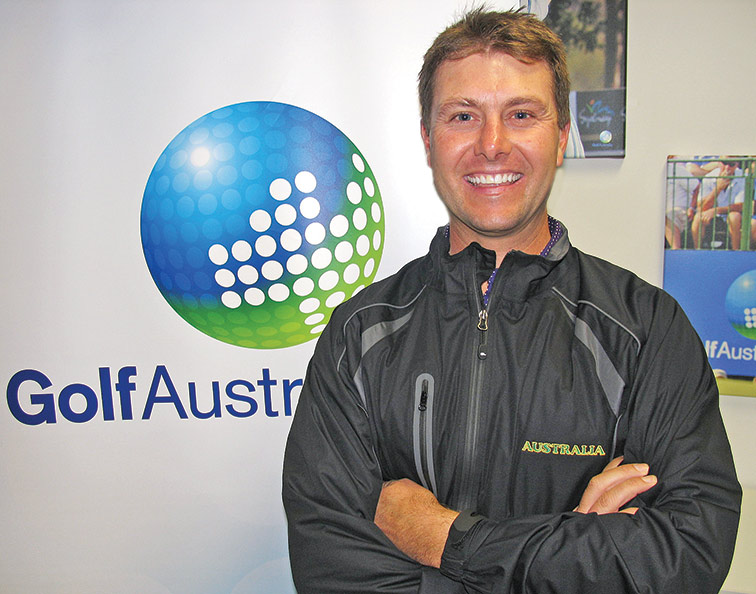
The holistic approach is about building a team around an athlete. But it’s also teaching the golfer how to be self-sufficient.
And emphasis is placed on short-game resilience rather than beating balls in search of the perfect swing. The aim of the game is to get the ball in the hole in as few strokes as possible.
And we shouldn’t underestimate the contribution of the PGA of Australia. Its accreditation and training programs allow elite amateurs to receive the very best coaching and tuition.
Talent identification is another area of progress. In this regard, there’s less bickering between club, state and national coaches who now work more closely together for the sake of the athlete. The same goes for the states and the national governing body.
“I think that’s why the program has had more success than what’s come before it. Six years ago we did revamp the program totally and try to take a much longer-term view of what we’re trying to achieve,” Pitt says.
“The vision is: can we create players who are going to be top-10 players that can win Major championships and win Olympic medals? That’s the aim of the program. And if you can do that, then those players actually put far more back into the game than anyone else because they become role models, they drive participation and grow the numbers of people playing the game.”
Proof of that assertion came with Adam Scott’s Masters triumph at Augusta in 2013. There was undoubtedly a spike in rounds played that occurred after Scott’s victory. Since then, rounds have grown year-on-year by about 4 per cent – bolstered by the stellar play of Jason Day and his ascension to the world No.1 ranking.

Modest Level of Funding for Golf
Success comes at a price. And arguably the most impressive aspect is how it’s been achieved with a relatively modest level of funding.
The Australian Sports Commission currently funds Golf Australia’s high-performance program to the tune of $1.010 million a year. (It should be acknowledged the bulk of money that Golf Australia receives through affiliation fees from club golfers goes towards game development, administering the handicap system and underwriting the men’s and women’s Australian Open championships. But that’s a story for another issue.)
Despite having one of the highest participation rates among sports in this country, golf ranks 22nd in the allocation of funding by the Australian Sports Commission. Golf is substantially underfunded by comparison with Olympic sports that barely get a mention apart from two weeks every four years.
In the four years leading up to the Rio Olympics, the Australian Sports Commission invested $376.7 million in high-performance sports. (This includes funding to Winter Olympics and non-Olympic sports.)
Some Olympic sports receive an inordinate amount of Federal Government funding despite small participation numbers. Shooting, with 170,000 participants, receives an annual grant of $1.960 million. Diving receives $2.115 million and judo gets $667,800 despite each having just 50,000 participants.
Sports that are expected to win the most Olympic medals get the most funding from the Sports Commission.
High-performance swimming gets $8.415 million plus an additional $1.910 million for Paralympic Swimming to bring total government funding to $10.325 million. The justification is 10 medals in the pool at Rio (three gold, four silver, three bronze) – or more than a third of Australia’s 29-medal haul from the Games.
The most generously funded sport is sailing (546,400 participants), which received a whopping $13.5 million in the year leading up to the 2016 Olympics. It would surprise many to learn $1 million was spent on basing our sailors in Rio for 12 months prior to the Games. Sailing picked up four medals (one gold, three silver) to match the medal haul at London in 2012 (three gold, one silver).
Cycling (645,000 participants) received an annual grant of $7.830 million for a sport that picked up two medals in Rio (one silver, one bronze). Rowing (239,400 participants) got $7.4 million for a return of three medals (one gold, two silver). Canoeing (175,000 participants) got $4.7 million for two bronze medals.
Australia sent 11 teams in ‘ball sports’ to Rio. The breakdown of funding to each sport’s governing body was: basketball ($4.780 million), beach volleyball ($2.460 million), hockey ($5.840 million), women’s football ($1.950 million), rugby sevens ($1.040 million) and water polo ($3.385 million).
Total funding for high-performance in these team sports was $19.455 million – an awful lot of taxpayer dollars to win just one medal (a gold in women’s rugby).
Making Every Dollar Count
Funding the development of elite amateurs is essential if we want to see Australians succeeding on the world stage.
The Sports Commission funding is allocated to 20-30 elite golfers, starting with amateurs in the National Squad and down the line to some state representatives. If there’s a criticism it’s that Golf Australia is not helping enough players reach their potential.
The obvious example is in women’s golf. Victory in the women’s World Amateur Teams Championship in 2014 was a great achievement but it disguised a lack of overall depth. The two stars of that campaign, Minjee Lee and Su Oh, have established themselves on the LPGA Tour within 18 months of turning professional. The challenge is to develop the next Minjee Lee who, like Karrie Webb, is a once-in-a-generation player.
“We feel like we’re doing a really good job with what we’ve got. But we know we’ve got gaps in the system,” concedes Pitt. “If we could address those, we feel like we could be a really strong player in women’s golf – to have a factory that is pumping out really good female players and a lot more depth than what we’ve had in the past. And then we can strengthen what we’re dong on the male side as well.”
“And it doesn’t need an extraordinarily large increase . . . our view is we’ve probably got a Rolls Royce system and we just need a bit more money to really make it flourish.”
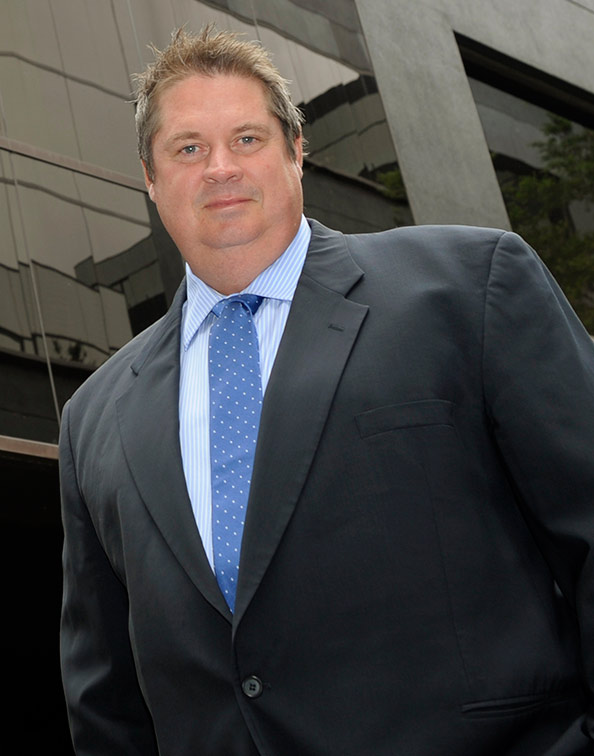
Providing Players with International Experience
The core of $1.010 million to fund Australia’s high-performance golf program is spent paying coaches and service providers, and staging national camps. However, a significant portion of the budget is spent on providing players with international experience. This includes competing in the World Amateur Teams Championship and Four Nations Cup as well as individual tours to Europe and the US to play in tournaments such as the Porter Cup, Western Amateur and qualifying for the US Amateur.
“It’s been a key plank that you’ve got to expose players to the best golfers in the world for their development. If all they do is play in Australia they compare themselves against a narrow field. They’ve got to see who else is out there and how good the rest of the world is,” Pitt says.
“From an Australian standpoint, that’s an expensive thing to do. If you talk to our friends in European golf, they’ve got so many opportunities to do that far more cheaply than we can.
“But for us it’s a major initiative and something you need to spend money on if you’re going to do it properly.”
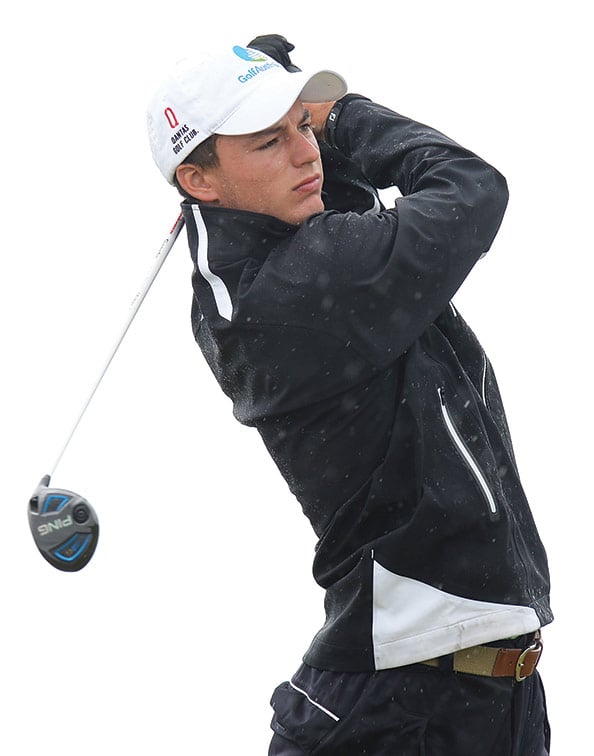
Why We Need More Money
In order to obtain more Federal Government funding, golf needs to mount a convincing argument about the benefits of an additional outlay. For starters, it could point out that golf hasn’t unleashed a dickhead like Nick Kyrgios onto the world stage.
“Our message to government is: You need to look at what sports can actually contribute to national outcomes,” says Pitt.
“And the thing about golf is we do create these amazing role models who are great ambassadors for Australia around the world that have a global media platform.
“They speak at press conferences week in, week out, they’re very articulate, they’re great representatives on and off the golf course. They can do powerful things in terms of building positive feelings about Australia, increasing tourists to Australia. They have a platform that a lot of other sports don’t.
“Golf is fortunate that our high-performance players at the pointy end actually have a really positive impact on grass-roots golf. Not many sports actually have that correlation.”
